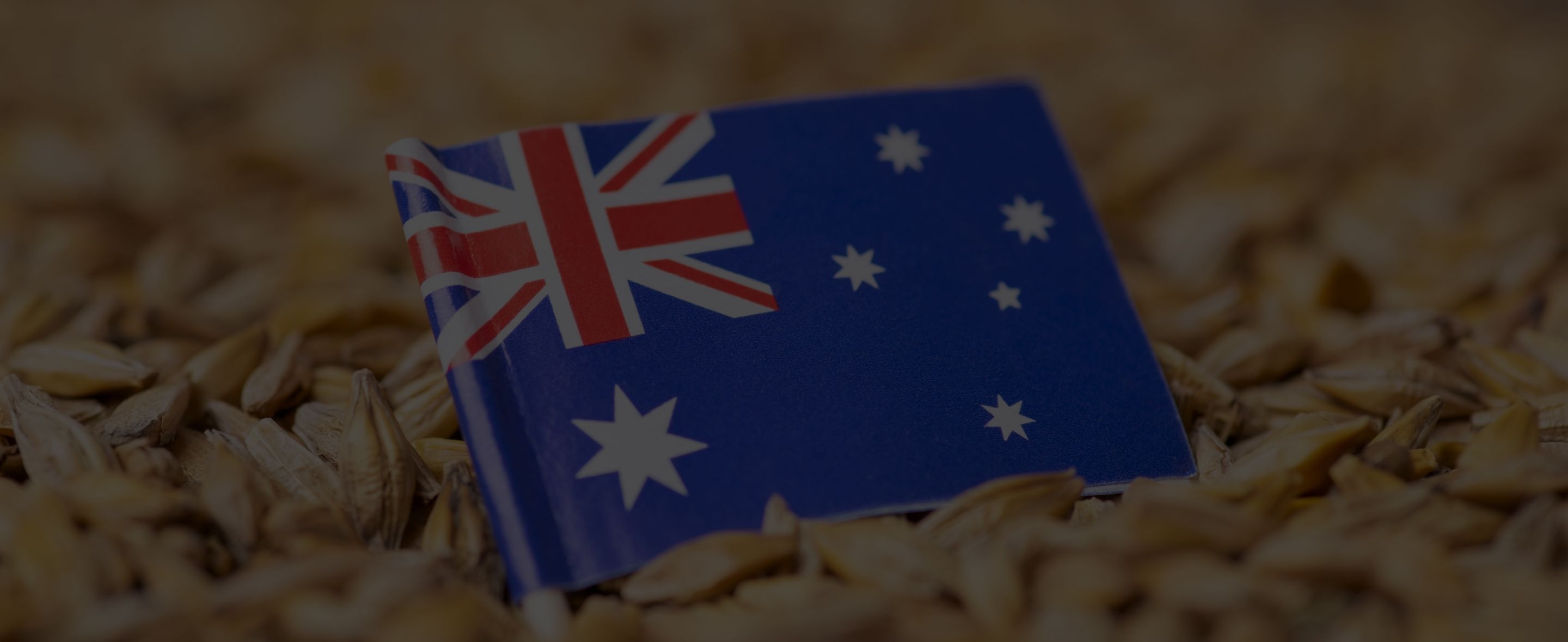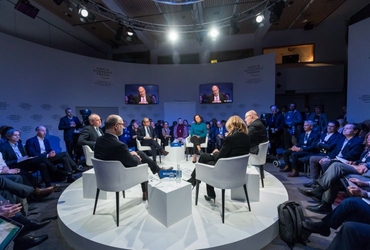
What Are Australia’s Main Imports and Exports?



According to the Economic Complexity Index (ECI), Australia exported $234 billion in commodities, ranking as the 20th largest export economy in the world.
Being a continent with vast desert areas, Australia depends heavily on its coastal economy to sustain its population and economic growth.
Australia is also the 22nd largest importer globally, with yearly imports of around $199 billion. This figure reflects a gradual decline in imports over the past five years.
In terms of wealth per adult, Australia is the second wealthiest nation, just after Switzerland.
What Does Australia Export?
Australia’s leading export is iron ore, followed by coal, gold, and petroleum. These key commodities generate $48.2 billion, $47 billion, $29.1 billion, and $20.3 billion, respectively.
Other notable exports include food, wine, and cars, which add significant value to its overall trade.
Here’s a List of Australia’s Top Exports and Values (2018):
- Iron ore and other ores ($38.8 billion — 23.5% of total exports)
- Gold and other precious metals ($16.1 billion — 6.3%)
- Mineral fuels including oil ($87.7 billion — 34.6%)
- Bovine meat ($10.2 billion — 4%)
- Inorganic chemicals ($8.2 billion — 3.2%)
- Wheat and cereals ($4.9 billion — 1.9%)
- Machinery including computers ($4.8 billion — 1.9%)
- Aluminum ($3.8 billion — 1.5%)
- Electrical machinery and equipment ($3.2 billion — 1.3%)
- Optical, technical, and medical apparatuses ($3.2 billion — 1.3%)
These exports make up roughly 79.5% of Australia’s total global shipment value.
Where Does Australia Export To?
Given its location in the South Pacific, Australia’s main trading partners are in the Asian market.
Key export destinations include:
China — 35% of exports, about $85 billion yearly
Japan — 14%, around $34.6 billion
South Korea — 7.4%, about $18 billion
India — 6.1%, about $14.8 billion
Hong Kong — 5.8%, about $14.2 billion
Australia also exports to the United States (3.5% of exports) and the United Kingdom (1.5%).
Other destinations include Indonesia, Singapore, New Zealand, Vietnam, Thailand, Malaysia, the Philippines, Germany, Turkey, and Brazil.
What Does Australia Import?
In 2018, Australia imported about $227.3 billion in commodities, accounting for 1.3% of total global imports (valued at roughly $17.8 trillion worldwide).
Its leading imports include petroleum, crude oils, and cars.
Here’s a List of Australia’s Top Imports and Values:
- Processed petroleum oils — $18.9 billion
- Cars — $16.9 billion
- Crude oil — $10.2 billion
- Phone system devices (including smartphones) — $8.5 billion
- Delivery trucks — $7.5 billion
- Computers and optical readers — $7.2 billion
- Pharmaceuticals — $5.3 billion
- Gold (unwrought) — $4.6 billion
- Electro-medical equipment (e.g., X-ray machines) — $2.4 billion
- Blood fractions including antisera — $2.3 billion
These top imports represent around $187.5 billion—about 82.5% of Australia’s total import value.
Other rising imports include furniture, lighting, prefab buildings, plastics, and related articles.
Where Does Australia Import From?
Australia’s main import partners are found in Asia, Europe, and North America.
Top import origins include:
- China — 24% of imports, $47 billion
- South Korea — 9.3%, $18.7 billion
- Japan — 8.2%, $16.3 billion
- Thailand — 5.3%, $10.6 billion
- The United States — 10%, $20.5 billion
Other notable partners include Germany (4.6%), Malaysia (4%), Singapore (3.2%), and New Zealand (2.8%).
Smaller partners include Italy, France, Spain, the United Kingdom, Indonesia, and South Africa, along with other Asian and European countries.
Australia stands out for its consistent economic growth, maintaining an average annual increase of around 3%.
Its strong performance is fueled by deep trade ties with Asia and its role as the world’s leading exporter of iron ore, supplying over 30% of global demand.
Related Articles


